
Piercing the veil
A new exhibition at Buxton Contemporary finds a rich complexity in the shadowy terrain between life and death.
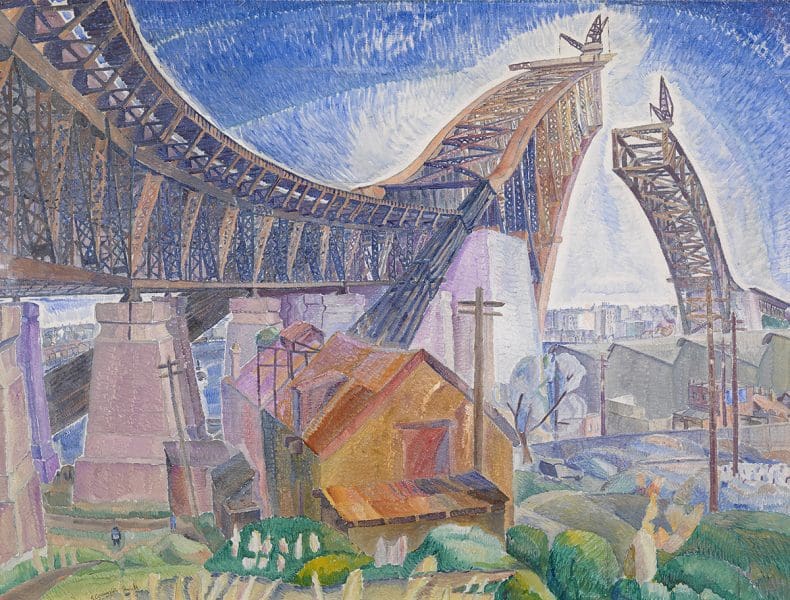
Grace Cossington Smith, Australia 1892–1984, England and Germany 1912–14, England and Italy 1949–51, The Bridge in-curve, 1930, tempera on cardboard, 83.6 x 111.8 cm. National Gallery of Victoria, Melbourne. Presented by the National Gallery Society of Victoria, 1967 (1765-5) © Estate of Grace Cossington Smith.
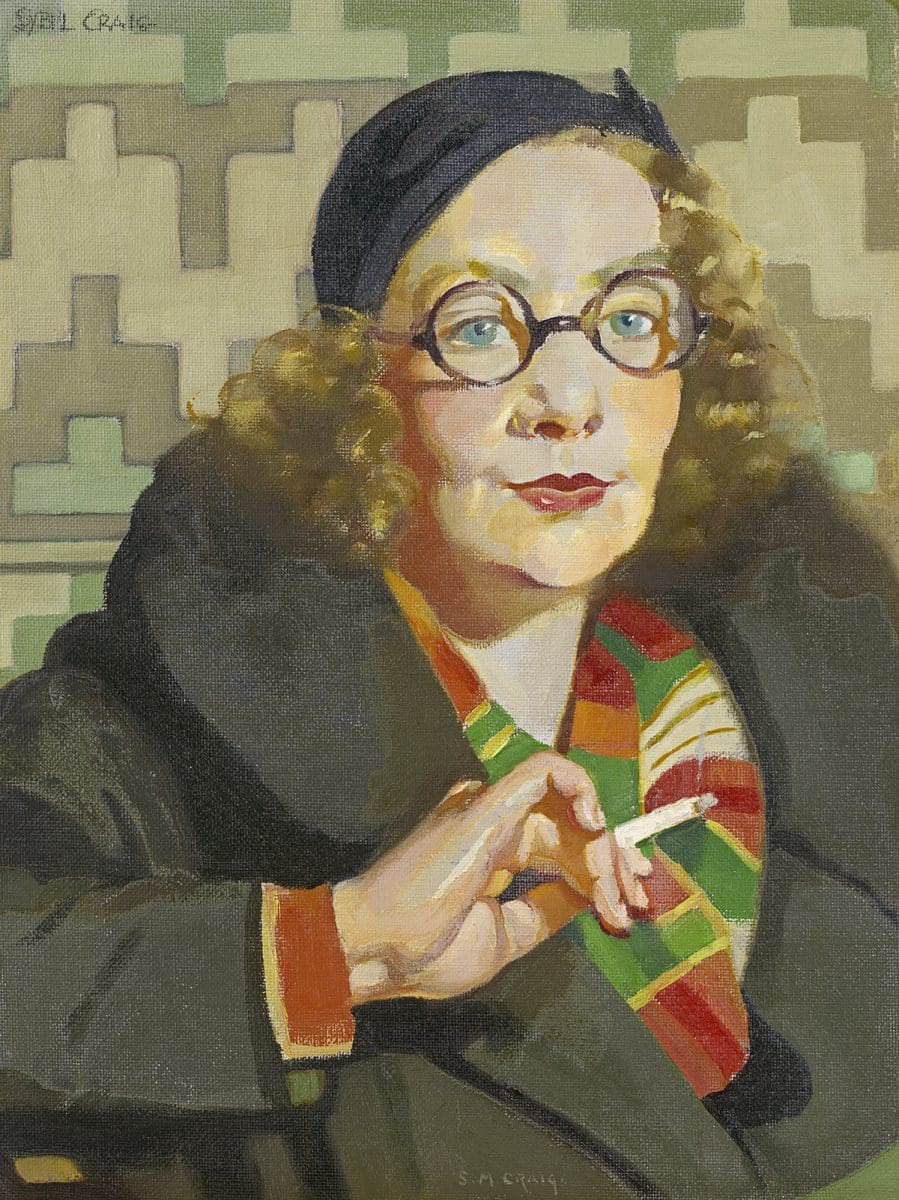
Sybil Craig, England 1901 – Australia 1909, Australia from 1902, Peggy, c. 1932, oil on canvas, 40.4 x 30.4 cm. National Gallery of Victoria, Melbourne. Purchased, 1978 (A3-1978) © The Estate of Sybil Craig.
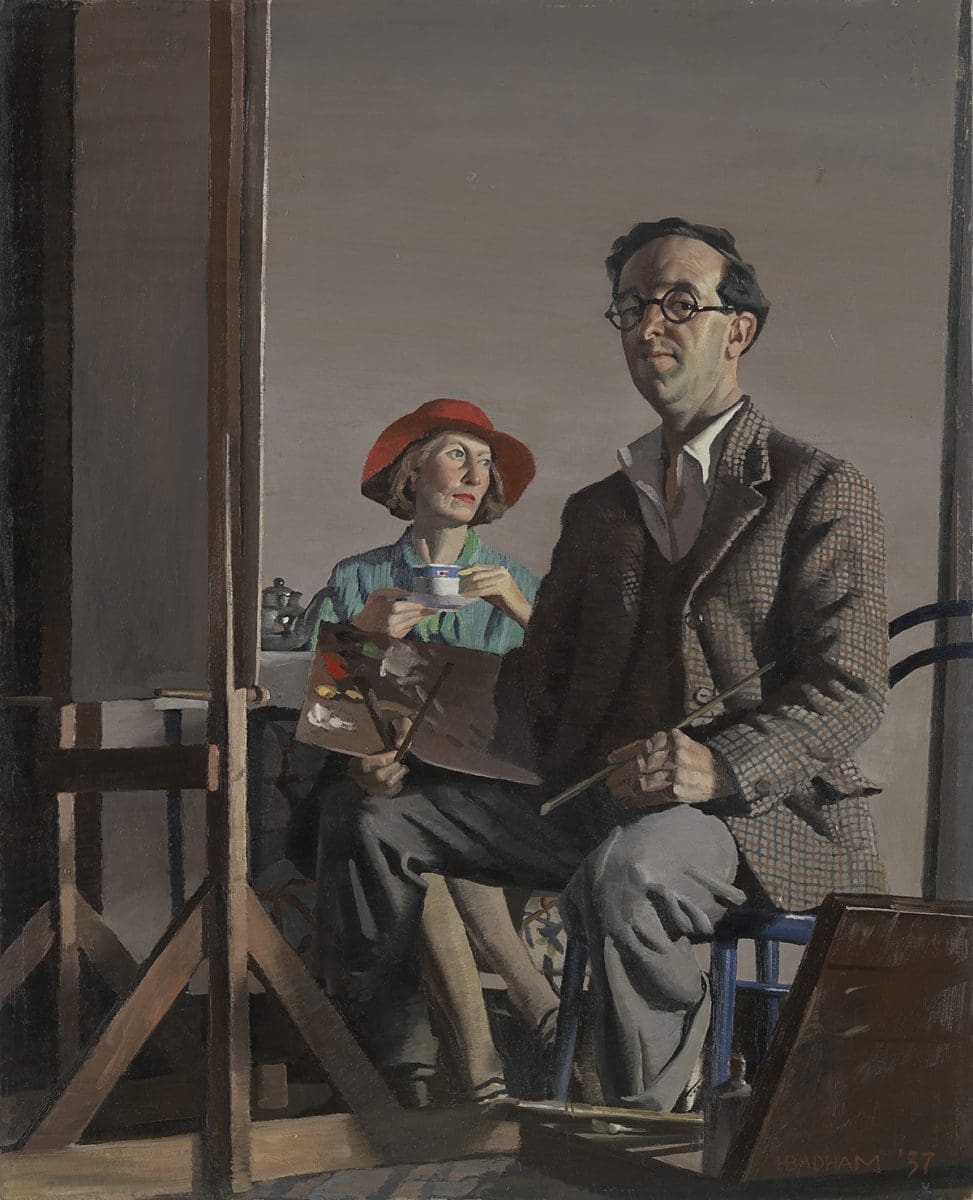
Herbert Badham, Australia 1899–1961, Paint and morning tea, 1937, oil on cardboard, 75.6 x 71.5 cm. National Gallery of Victoria, Melbourne, Felton Bequest, 1937 (421-4) © The Estate of Herbert Badham.
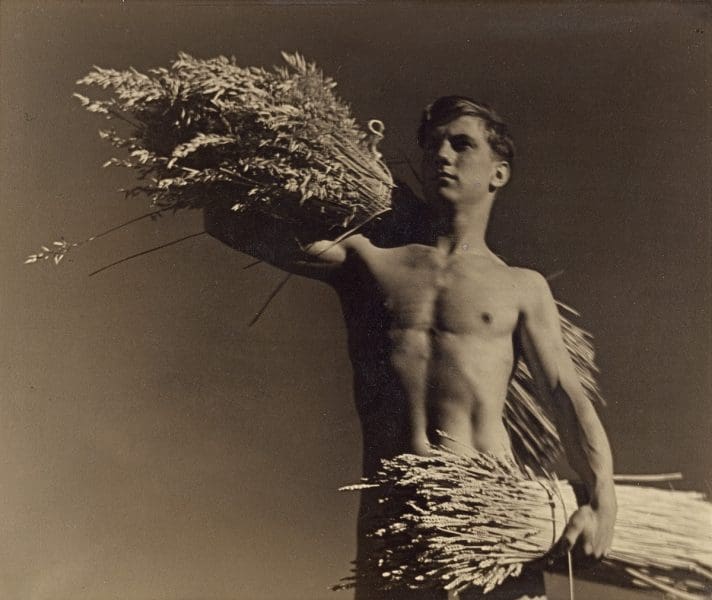
Keast Burke, New Zealand 1896 – Australia 1974, Australia from 1904, Harvest, c. 1940, gelatin silver photograph, (25.6 x 30.5 cm). National Gallery of Victoria, Melbourne, Gerstl Bequest, 2000.

Max Dupain, Australia 1911–92, Sunbaker, 1937, printed c. 1975, gelatin silver photograph, 38.0 x 43.1 cm. National Gallery of Victoria, Melbourne. Purchased with the assistance of the Visual Arts Board, 1976.
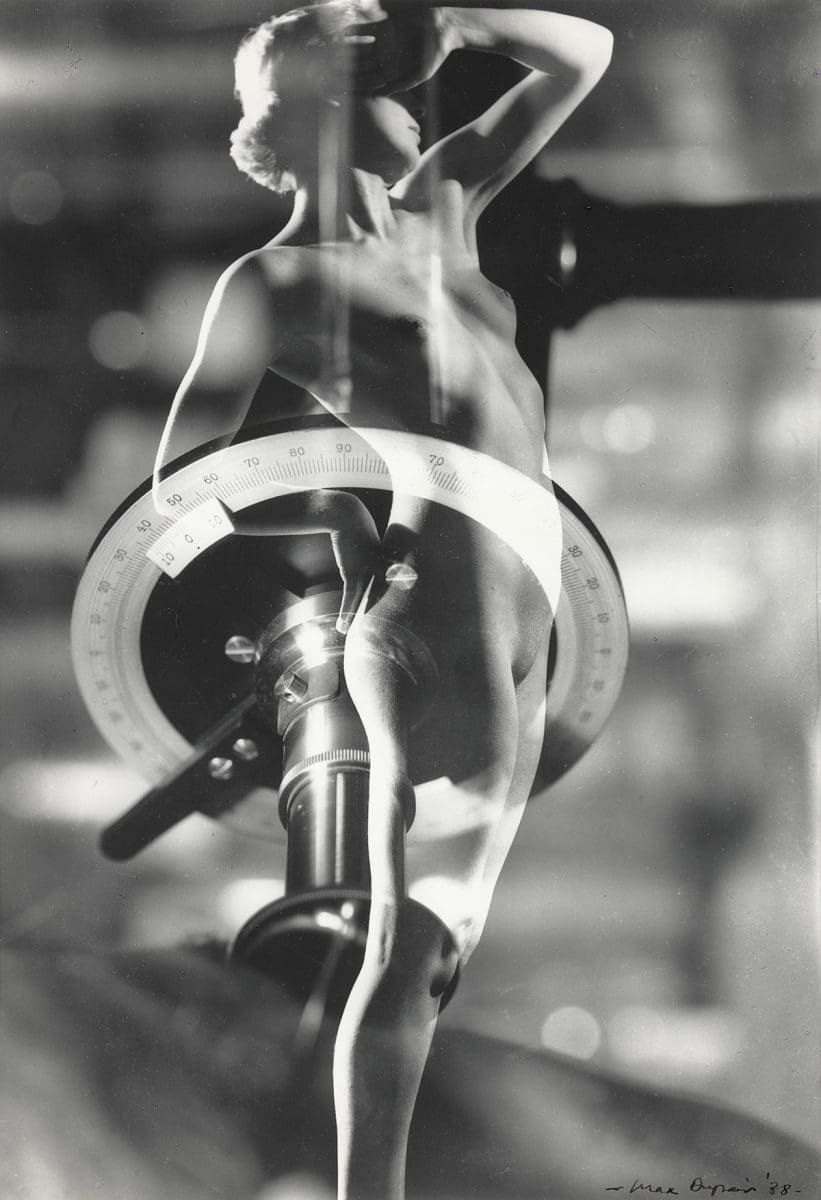
Max Dupain, Australia 1911–92, Brave New World, 1938, gelatin silver photograph, (29.0 x 20.0 cm). National Gallery of Victoria, Melbourne, William Kimpton Bequest, 2017.
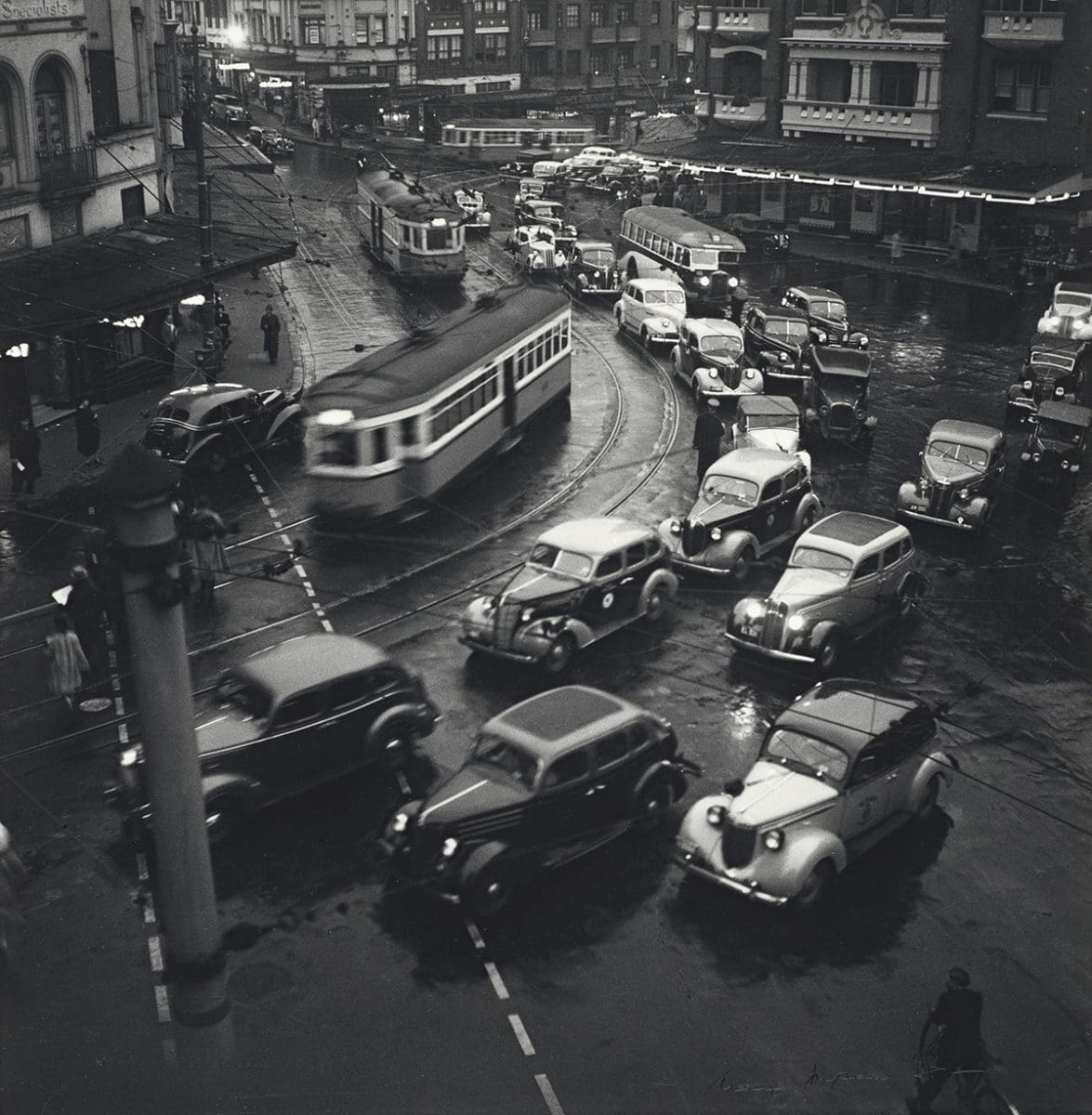
Max Dupain, Australia 1911–92, Rush hour in King’s Cross, 1938, printed c. 1986, gelatin silver photograph, 41.2 x 40.3 cm. National Gallery of Victoria, Melbourne. Purchased through The Art Foundation of Victoria with the assistance of Mr A.C. Goode, Fellow, 1987.
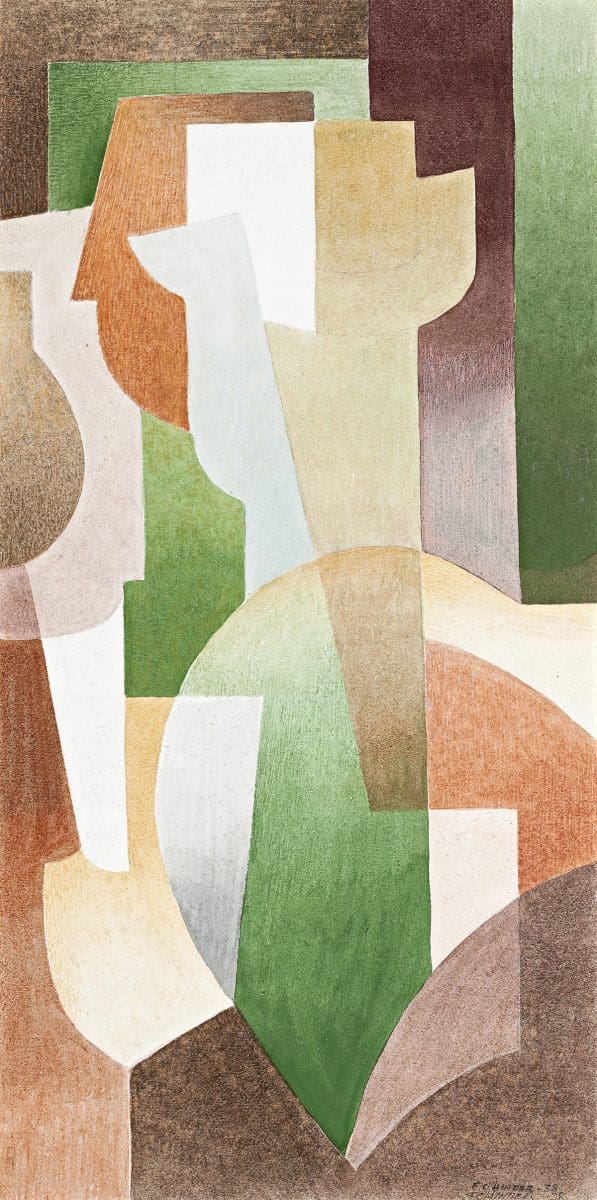
Frank Hinder, Australia 1906–92, United States 1927–34 Commuters, 1938, tempera on paper on board, 44.5 x 22.0 cm. Private collection © Enid Hawkins.
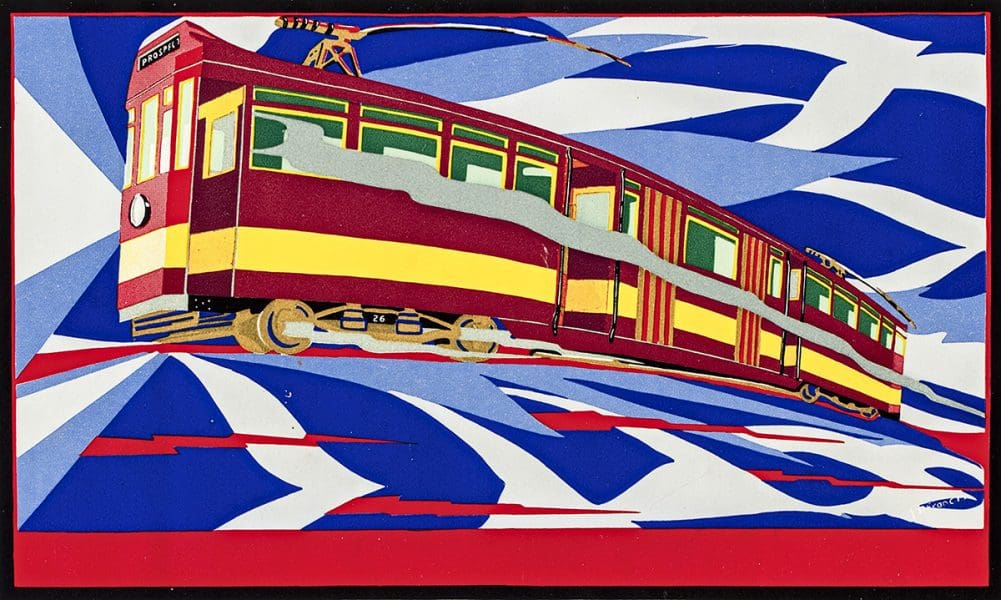
Ivor Francis, England 1906 – Australia 1993, Australia from 1924, Speed!, 1931 colour process block print, 19.6 x 27.2 cm (block and sheet), Art Gallery of South Australia, Adelaide South Australian Government Grant 1986 (867G20) © Ivor Francis/Licensed by Viscopy, 2017.
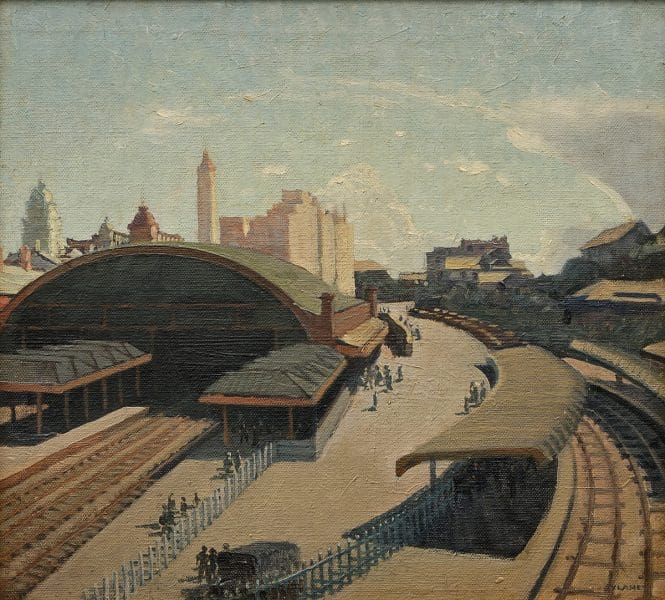
Vida Lahey, Australia 1882–1968, Sultry noon (Central Station Brisbane), 1931, oil on canvas on plywood, 44.7 x 49.2 cm, Queensland Art Gallery, Brisbane. Purchased 1983, © QAGOMA.

Unknown, Melbourne, Male lifesaver window, c. 1935, stained glass, lead, 47.5 x 40.8 cm. Williamstown Swimming and Life Saving Club, Williamstown. Donated by C. J Dennis.
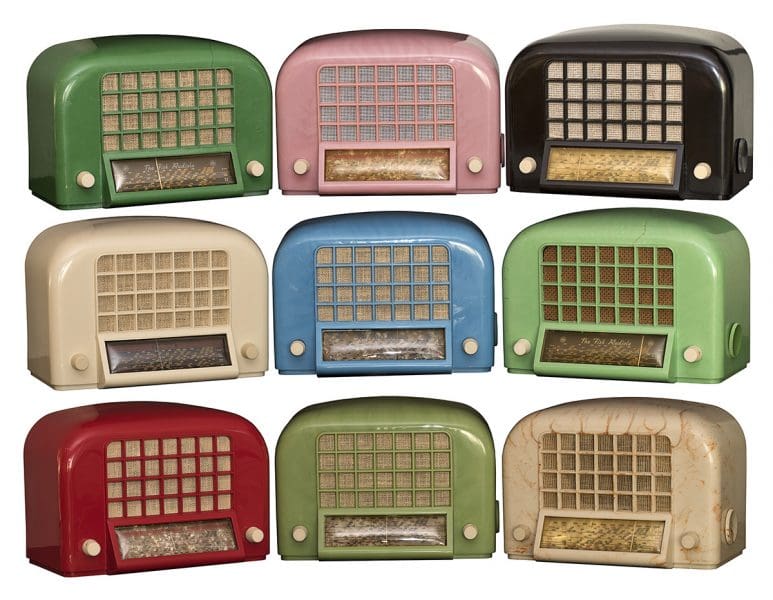
Amalgamated Wireless (Australasia) Ltd., Sydney, (manufacturer), est. 1913, AWA ‘Egg crate’ (various colours), 1938, bakelite, 21.0 x 33.0 x 19.0 cm (each). Collection of Peter Sheridan and Jan Hatch Photo © Peter Sheridan.
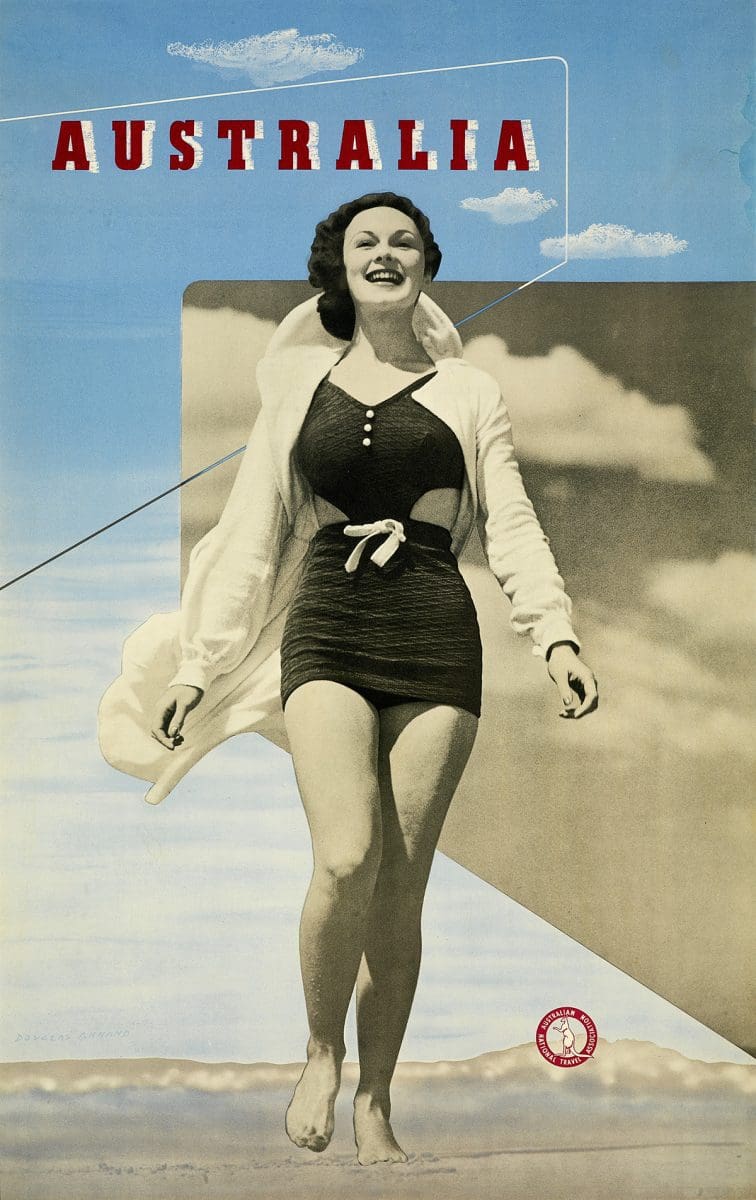
Douglas Annand, Australia 1903–76, Max Dupain, Australia 1911–92, Australia, c. 1937, colour and process lithograph, 105.3 x 68.4 cm (image and sheet) Australian National Maritime Museum Purchased, 1991, © courtesy of the artist’s estate.

Douglas Annand, Australia 1903–76, Arthur Whitmore, Australia 1910–65, Sydney Bridge celebrations, 1932, colour lithograph, 47.6 x 63.6 cm (image and sheet) Australian National Maritime Museum. Purchased, 1991 © courtesy of the artist’s estate.
It’s quite strange that the opening of the Sydney Harbour Bridge in 1932 is also the year of greatest unemployment in Australian history. This conflicting juxtaposition, between triumph and troubled times, progression and dystopia, is what propels The Ian Potter Centre: NGV Australia’s show Brave New World: Australia 1930s.
Traversing painting, photography, video and design, the show aims for an expansive exploration of Australian life in the 1930s, surveying the new designs, technological advancements and growing engagement with the outside world from this period. As curator Isobel Crombie explains, “The 1930s in Australia isn’t the straightforward picture many people present it as; either art-deco or the Great Depression, where none of the complexities and juxtapositions are shown.”
As Crombie points out, “At this time artists picked up on ideas of the modern city as optimistic and progressive, and part of that wass about the role of women, who were branching out from more traditional aspects of life.”
Yet it’s the body that sits as a pivotal site in Brave New World. “The body in the period was seen to symbolise a lot of the conflicting ideas of the time,” explains the curator. “It was a utopian form but it was also a physical form that was prey to a lot in the period; it was a force of optimism and degeneration.” This juxtaposition is shown through the works of Max Dupain, Charles Meere and Olive Cotton, as well as through a pair of stained glass windows (recently found in a local lifesaving club) showing a female lifesaver, a rarity for the time.
Another overarching (and much contested) theme is the Australian landscape. Crombie insists that “One of the great myths around this period is how the Australian landscape came to represent something intrinsically Australian; but of course generally speaking it was a white Australia.” Through the landscape, an emerging dialogue between conservative and modern art begins to play out. It also generated growing attention to Indigenous artists (Albert Namatjira held first exhibition during the decade) and the claim for land rights.
This isn’t simply a reference to the Great Depression or being caught between two world wars, but also about questions of eugenics, the White Australia policy and national identity. “The conversations about eugenics are part of a global interest in how to form societies and Australians definitely engaged with those ideas, which you can see filtering through these works,” says Crombie.
Brave New World: Australia 1930s
The Ian Potter Centre: NGV Australia
14 July – 15 October